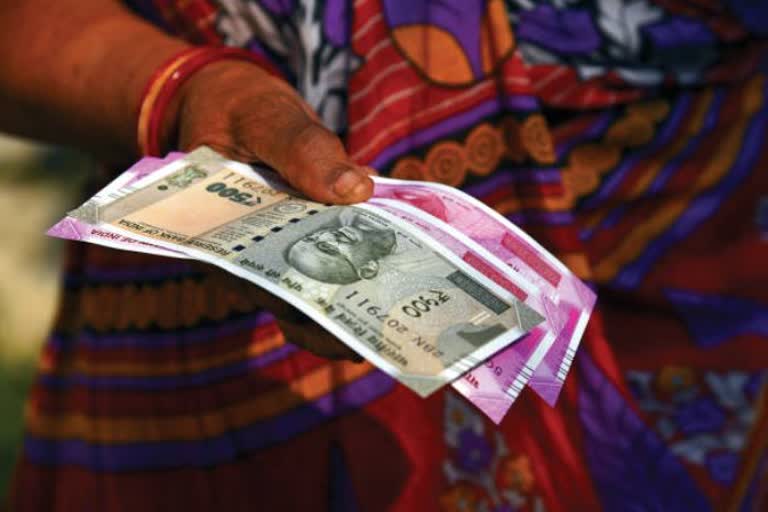NEW DELHI: Amid a gloomy economic contemporary scenario and a dark forecast for the global economy as a whole, the United Nations has predicted better economic growth for India in 2020 but that it will be several years before the previous levels of rapid growth are achieved.
Releasing the report “World Economic Situation and Prospects 2020” in New Delhi on Friday, the UN said: “Economic growth in India is expected to return to 6.6 per cent in 2020, with inflation close to 4 per cent”.
But the prediction comes with a warning that there is a strong downside tilt that could worsen due to “deepening political polarization and increasing scepticism over the benefits of multilateralism”.
The world body points out: “These risks could inflict severe and long-lasting damage on development prospects. They also threaten to encourage a further rise in inward-looking policies, at a point when global cooperation is paramount”.
Last week, the World Bank in its annual report “Global Economic Prospects” had also painted a grim picture for the Indian economy for the year ending March 31, 2020, with growth being pegged at a mere 5 per cent, the only small mercy being a better 5.8 per cent mark for 2020-21.
Dwelling on the underside, the World Bank had said in its report: “Risks to the growth outlook remain tilted to the downside and relate primarily to financial sector vulnerabilities, geopolitical tensions, and lack of progress on reforms. Although recent tensions between India and Pakistan have abated, a reescalation would damage confidence and weigh on investment in the region”.
The 2020 UN growth prediction is however still less than the 6.8 per cent in 2018 that fell to 5.7 per cent in 2019. The slide, the UN report said, was due to “slackening investment, subdued consumer sentiment, and weak manufacturing and services growth”. Other important factors including policy uncertainty, credit crunch, and effects of a global slowdown were also mentioned.
On its part, the Indian government tried to counter the slowdown by resorting to a slew of measures including fiscal stimulus measures such as “corporate tax cuts, increased government spending and expanded support for the struggling automobile industry to complement its already loose but thus far largely ineffective monetary policy”.
The huge Indian economy has a significant impact on the entire South Asia region. The report pointed out: “The slowdown in India has dampened export growth across the region but has had a particularly serious impact on countries such as Afghanistan and Nepal, whose economies rely heavily on trade in raw and minimally processed goods with India”.
The government is also expected to come under increasing constraints which will curb public spending on infrastructure, social security and other increasing development priorities prerogatives for long-term development.
(Article by Senior Journalist Sanjib Kr Baruah)
Read more: SC: PIL filed for converting public transport, govt vehicles into electric ones



